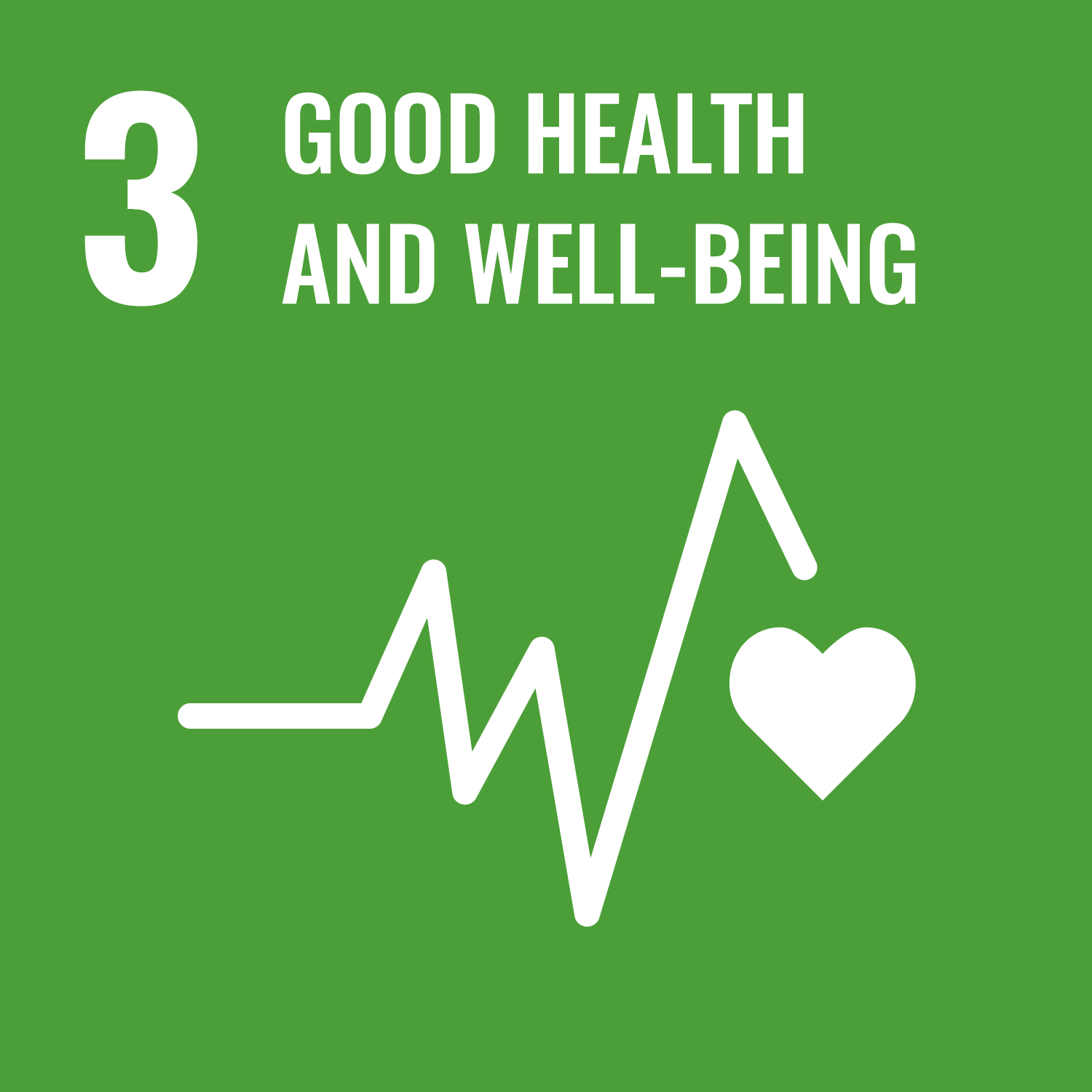Cancer DNA in the Crosshairs
You can search for courses, events, people, and anything else.
Biochemist, Professor Gerald Muench, has scoured the botanical world for plant extracts with the capacity to snuff out inflammation, a normal immune process that sometimes goes awry in the ageing brain.
His research has unearthed several compounds found in foodstuffs, traditional bush medicines and Australian rainforest plants, all of which help protect brain cells from the fiery immune activation that can destroy neurons, fueling diseases such as Alzheimer’s, Parkinson’s and traumatic brain injury.
One bright yellow molecule stood out from the rest of the pharmacological flora. Curcumin, a component of the Indian curry spice turmeric, offered the most potent suppression of pro-inflammatory immune cells — in a lab dish, at least. So Muench, with neuroscientist Dr Erika Gyengesi and colleagues from Western Sydney University tested whether the same was true in the brains of living mice.
They turned to a laboratory mouse known as GFAP-IL6. Developed in 1993 by Iain Campbell, a neuroimmunologist now at the University of Sydney, the mouse had been genetically engineered to constantly express an immune-activating molecule called interleukin-6 in the brain.
The resulting inflammation is an extreme version of neurodegeneration, says Campbell, but is useful to understand the mechanisms underlying the process. Even though the GFAP-IL6 mice do not develop the kinds of brain plaques and tangles that are synonymous with Alzheimer’s disease, they do show other aspects of the disease progression, including cerebral atrophy, and rapidly declining motor functions and cognition as they age. Microglia, immune cells that normally protect the brain from damage, but can also attack neurons when in overdrive, showed proliferation and signs of activation.
As such, says Campbell, “if you can find a drug that interferes with that process at the level of microglial responses, as Gerald is doing, then it’s quite likely that drug may have great translatability into any sort of neuroinflammatory disease where microglia have a detrimental role.”
Much excitement surrounds the group’s work with curcumin, world-leading investigations that are pioneering the use of natural products for neuroprotection.
Need to know
- Curcumin, a component of turmeric, is lauded for its health benefits.
- Western researchers showed curcumin had anti-inflammatory effects in mouse brains.
- Their results are promising for neuroprotection.
Happy Microglia
In work slated for publication later in 2019, the team fed GFAP-IL6 mice a version of curcumin formulated to increase the body’s absorption of the anti-inflammatory molecule. After less than a month on this dietary supplement, they could see dramatic changes in the quality and quantity of microglia in the mouse brains.
“We were surprised that in about four weeks we could reduce the number of active microglia in the GFAP-IL6 mice by about 50%,” says Gyengesi. What’s more, analysis of those cells that were present in the cerebellum and hippocampus — regions of the brain involved in motor control and cognitive processes — showed they were no longer in a hyperactive, pro-inflammatory state after treatment. “We turned angry microglia into happy microglia,” explains Muench.
In another study published in 2018, the team also used the GFAP-IL6 mice to investigate the therapeutic potential of Tenilsetam, a drug once considered a candidate Alzheimer’s remedy by its inventor Hoechst, now part of Sanofi-Aventis, before the research community largely abandoned the molecule in the late 1980s. It similarly showed anti-inflammatory effects in the mice, as evidenced by the decreased number of microglia in the brain. But the gains were more pronounced with curcumin and another plant derivative called apigenin, a compound abundant in parsley. So, the researchers are largely focused on those two natural products.
Now they are conducting behavioural studies to evaluate whether curcumin improved motor function and cognitive performance in the mice as well. In April, Muench’s research group reported that the GFAP-IL6 mice show an age-dependent deterioration on a variety of behavioural tasks. Now, they are running the same series of tests on the curcumin-fed mice, while also moving to gauge the efficacy of the dietary supplement on other mouse models of neurodegeneration.
For example, Muench, Gyengesi and colleagues have completed experiments in mice that overexpress a precursor to the amyloid protein that clumps to form plaques in Alzheimer’s-affected brains. As they showed this year, the curcumin helped lower amyloid deposition somewhat with some behavioural improvements, especially among mice fed a variety of other food derivatives alongside curcumin.
Gary Small, director of the Longevity Center at the University of California, Los Angeles is a world-leader in neurodegeneration. He is closely watching the team’s work. “These biological, mechanistic studies are quite compelling,” he says.
Supplementary benefits
Last year, Small reported the results of an 18-month, placebo-controlled trial, demonstrating that daily consumption of an easily absorbed curcumin supplement can improve memory and mood among people with mild, age-related memory loss. The study included only 40 participants, and much larger studies are needed to validate the findings, Small says. Still, he is buoyed by the initial suggestion that curcumin may help stave off progression of neurodegeneration and eventually future symptoms of Alzheimer’s disease, especially since the molecule is so safe and inexpensive.
“Curcumin ticks all the boxes you’re looking for when it comes to brain health,” he says.
Already, most members of Muench’s research group are either taking curcumin supplements themselves or giving them to family members who are suffering from inflammatory diseases. “I give it to my mum and dad,” says Gyengesi, who spearheaded most of the mouse studies in Muench’s laboratory.
The only holdout not popping curcumin pills is Muench himself. “I hate the taste,” he says. “You burp up the curcumin — and it’s all spicy.”
Dementia Down Under
More than 340,000 Australians have Alzheimer’s disease — and without a medical breakthrough, that number is expected to rise to nearly 1 million by mid-century. There is no cure, nothing to prevent the disease, and no way to slow or stop its progression.
This year alone, the disease is predicted to kill some 14,000 Australians and cost society around $10 billion in healthcare expenditures and another $5 billion in lost economic productivity. That cost will balloon as the number of cases rise. Yet studies show that even a modest reduction in disease incidence could make a huge impact.
According to a 2017 report prepared for Alzheimer’s Australia, a disease advocacy group, a 5% drop in the rate of Alzheimer’s among the elderly would lead to a massive $120 billion savings by 2056.
Initiatives that focus on disease prevention, early intervention and timely diagnosis are critical in the face of the pending Alzheimer’s crisis. And in the latest iteration of Australia’s Strategic Roadmap for Dementia Research and Translation, the government highlighted the need to pin down how genetics, treatments and environmental exposures all interact to increase or reduce vulnerability to the disease.
The curcumin cure?
If the hype surrounding turmeric is to be believed, the golden-yellow spice and its active ingredient, curcumin, offer a miracle cure for everything from heart disease and cancer to diabetes and arthritis.
That’s a big ask of a dietary supplement — and, in many cases, the marketing seems to have leapt ahead of the evidence.
Some researchers have gone so far as to dismiss curcumin’s purported health benefits entirely. A 2017 critical review argued that the molecule acts like a chemical con artist, yielding dubious results in common laboratory assays and leading drug hunters astray. The authors of that paper concluded that, when it comes to curcumin, there’s “much ado about nothing”.
“A lot of companies make claims that are not substantiated by the science,” says Gary Small, a geriatric psychiatrist from the University of California, Los Angeles, who has had early positive results for curcumin’s effects on brain health.
None of the assays Muench’s group has used have yielded unclear results and Small and Muench, maintain that the biological activity of curcumin is real. Says Muench: “Our research shows that it gets into the brain, where it does something. The key to curcumin’s success in vivo is the use of highly bioavailable curcumin preparations such as those packed into liposomes and nanoparticles.”
Meet the Academic | Professor Gerald Muench
Gerald Muench started work at the University of Würzburg, Germany in 1995 and was then appointed Lecturer in the Department of Child and Adolescent Psychiatry in 1999. In 2000, he joined the Interdisciplinary Center for Clinical Research at the University of Leipzig. He left in 2004 to take up a position as Senior Lecturer at James Cook University in Townsville.
In May 2008 Gerald was appointed as Associate Professor of Pharmacology in the School of Medicine at the University of Western Sydney, and he was promoted to Professor with effect from 1 January 2012.
His major project focus is on Alzheimer's disease with a special emphasis on carbonyl stress in age-related and neurodegenerative processes, and also looking at brain inflammation as a major progression factor in Alzheimer's disease, now widely accepted.
He is also looking to discover and identify novel anti-inflammatory and neuroprotective compounds from marine macroorganisms and tropical rainforest plants, a project started through James Cook University's "Enhancing life in the tropics".
Gerald has served on the editorial boards of six international scientific journals and has been a consultant with Aventis, Roche Diagnostics, Merz, ASTA Medica/Degussa and Blackmores.
His teaching philosophy is to show students how much fun the learning experience can be and define precisely what they need to know and understand when the standards are high.
Related Articles
Credit
This research was funded by Indena and Verdure Sciences Inc.
© Cybele Malinowski © newannyart/iStock/Getty Images Plus ©Scar1984/iStock/Getty Images Plus © Scar1984/iStock/Getty Images Plus © cuttlefish84/iStock/Getty Images Plus
Future-Makers is published for Western Sydney University by Nature Research Custom Media, part of Springer Nature











